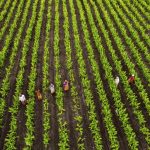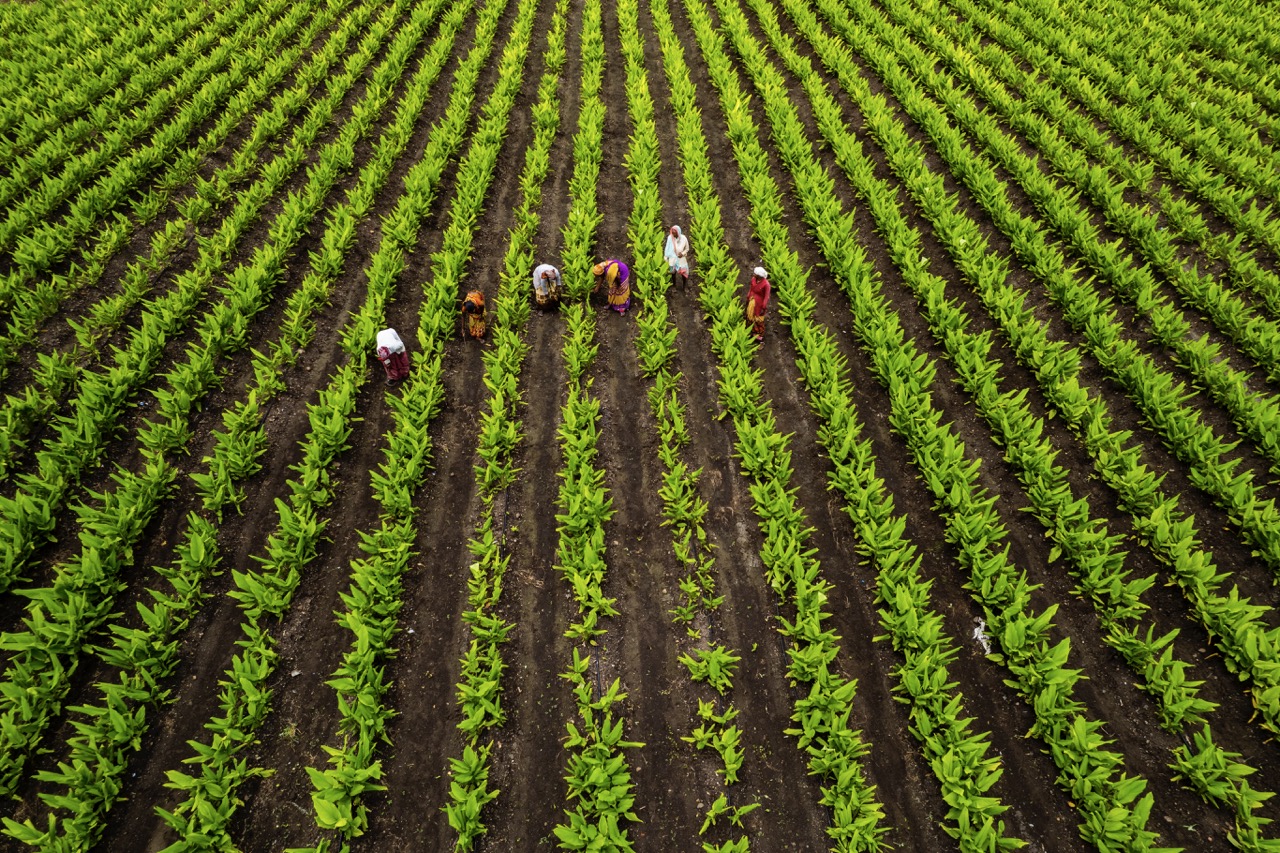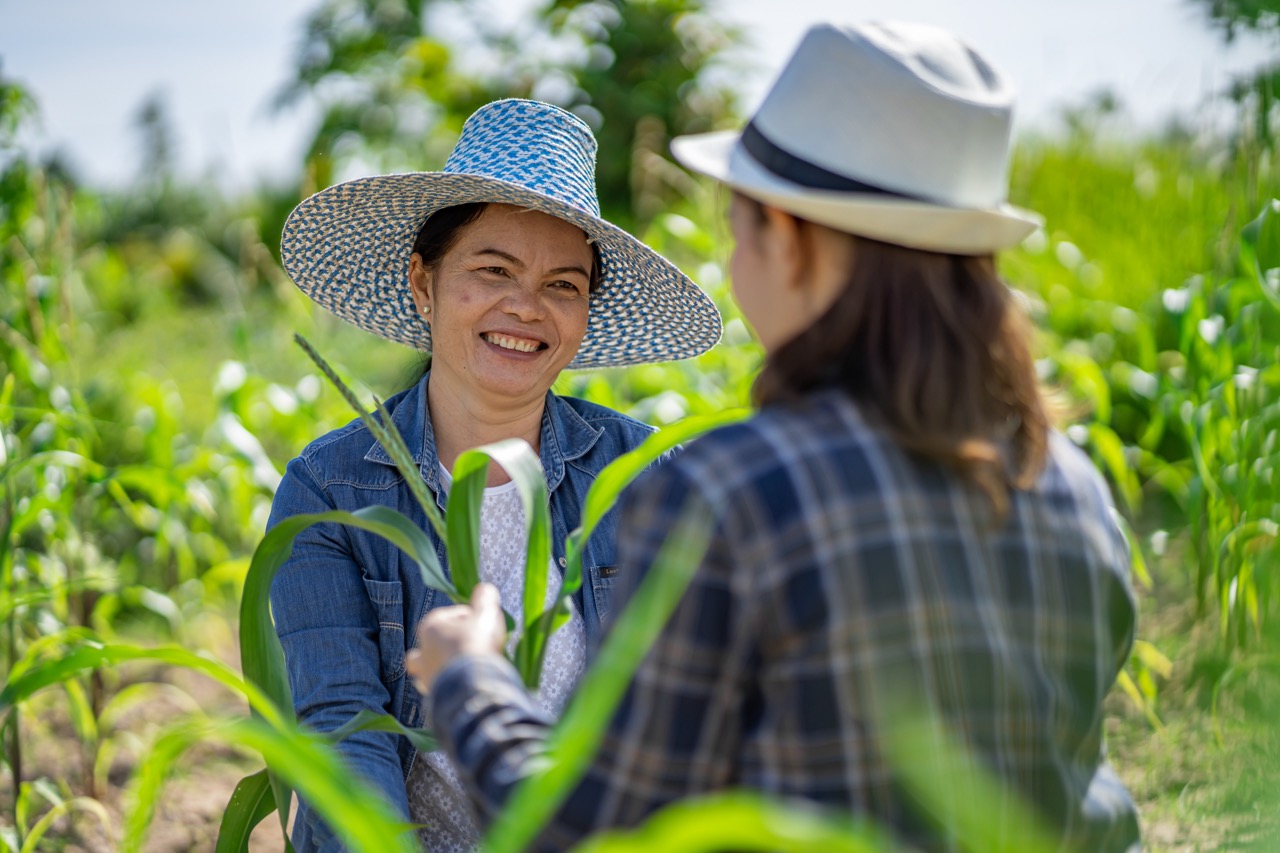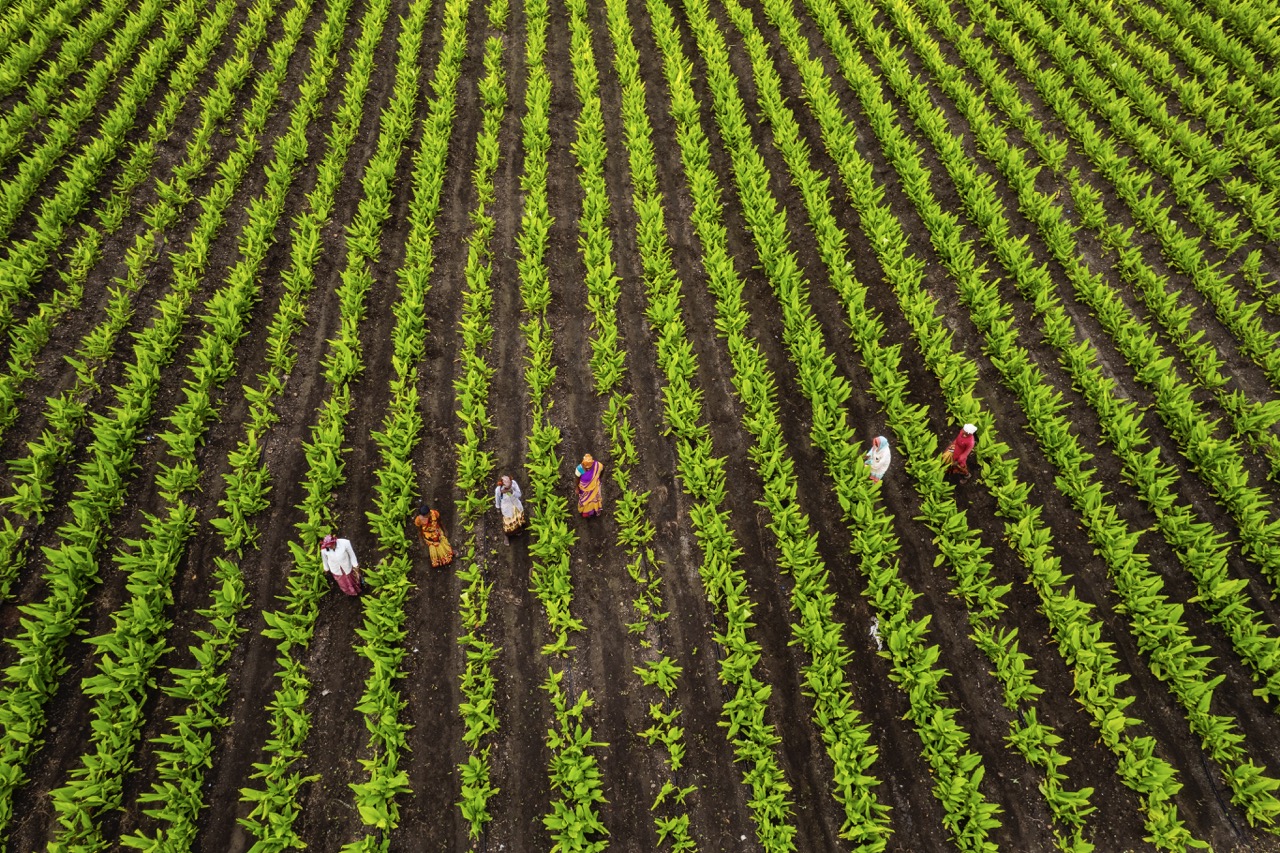In an era where sustainable agricultural practices are gaining more attention, sharecropping has emerged as a viable option for many farmers looking to optimize their resources and land use. Government grants can provide essential financial support to these operations, allowing for growth, innovation, and sustainability in farming practices. Understanding and effectively leveraging these grants can make a significant difference in the success and resilience of sharecropping ventures. This article will guide you through the intricacies of government grants tailored for agricultural growth, the application processes, maximizing financial support, and successful case studies in the agricultural sector.
Understanding Government Grants for Agricultural Growth
Government grants are financial awards provided by federal, state, or local agencies to support specific projects, initiatives, or businesses that align with public policies and objectives. In agriculture, these grants aim to enhance productivity, sustainability, and innovation within the sector. For sharecroppers, these grants can be particularly advantageous, as they often focus on promoting sustainable practices, improving soil health, and increasing crop yields. By understanding the various types of grants available—such as those for organic farming, soil conservation, and research and development—sharecroppers can identify the most suitable funding opportunities for their operations.
Moreover, government grants often come with specific eligibility criteria and objectives that must align with the goals of the applicant. Sharecroppers should familiarize themselves with programs like the USDA’s Agricultural Conservation Easement Program (ACEP) or the Specialty Crop Block Grant Program, which may provide essential funding for particular agricultural activities. Additionally, understanding the broader policy context, including state-specific initiatives and federally funded programs, can help sharecroppers position their applications more strategically.
Finally, it is crucial for sharecroppers to stay informed about changes in agricultural policies, funding availability, and grant requirements. Regularly attending agricultural workshops, webinars, and local farming association meetings can be beneficial for networking and gathering essential information regarding upcoming funding opportunities. Engaging with agricultural extension services can also help identify potential grants that might not be widely publicized.
Navigating the Application Process for Funding Opportunities
The application process for government grants can often be complex and competitive, requiring thorough preparation and attention to detail. Sharecroppers should begin by carefully reviewing the guidelines for each grant program to ensure their operation meets all eligibility requirements. This includes understanding the specific goals of the grant, the types of projects funded, and any required documentation. Creating a checklist of necessary documents—such as proof of land ownership or lease agreements, financial statements, and project plans—can streamline the application process.
Once the eligibility criteria are met, the next step is to develop a compelling application narrative that clearly articulates the purpose of the project, the intended outcomes, and how it aligns with the goals of the grant program. It is essential to include measurable objectives and demonstrate how the funding will be used effectively. Utilizing data and statistics to support claims can also enhance the credibility of the application. Engaging with consultants or local agricultural advisors who have experience with grant applications can provide valuable insights and feedback, increasing the chances of securing funding.
Lastly, submission timelines and follow-up actions should not be overlooked. Grant applications often have strict deadlines, and timely submission is critical. After submitting an application, sharecroppers should be prepared to respond to any inquiries or requests for additional information from grant reviewers. Maintaining open lines of communication with the funding agency can also demonstrate commitment and may provide further insights into the success of the application.
Maximizing Financial Support for Sharecropping Ventures
Once a sharecropping operation has secured a government grant, it is essential to implement strategies to maximize the financial support received. Proper financial management is crucial; this includes developing a detailed budget that outlines all projected expenses, from operational costs to implementation of new practices funded by the grant. Sharecroppers should also monitor expenditures closely to ensure that funds are allocated appropriately and that the objectives of the grant are being met.
Additionally, leveraging grant funds to attract further investment can amplify the impact of the initial funding. By showcasing successful outcomes achieved through the grant, sharecroppers can create opportunities for additional funding from private investors or other government programs. Networking with agricultural cooperatives or industry associations can also provide access to resources and knowledge-sharing that can help optimize the use of grant funds.
Finally, maintaining comprehensive records and reporting on the progress of the funded project is crucial for ensuring compliance with grant requirements. Regularly documenting achievements and challenges faced during the grant period not only aids in future applications but also contributes to a continuous learning process that can enhance future sharecropping operations. By adopting these strategies, sharecroppers can effectively maximize the benefits of government grants, leading to sustainable growth and development in their agricultural efforts.
Case Studies: Successful Grant Utilization in Agriculture
Several case studies exemplify how sharecroppers have successfully leveraged government grants to enhance their operations. For instance, a cooperative of sharecroppers in the Midwest utilized a USDA grant focused on soil health to implement cover cropping systems. By adopting these sustainable practices, they not only improved soil fertility and reduced erosion but also increased their crop yields significantly. The project received additional attention and funding from local agricultural organizations, showcasing how successful grant utilization can lead to further opportunities.
Another notable example comes from a group of sharecroppers in the South who secured funding through a state-specific grant aimed at promoting organic farming. Their initiative involved transitioning from conventional to organic practices, which required initial investments in organic inputs and training. As a result of the grant, they successfully converted a large portion of their land to organic production, subsequently increasing their profitability and market access. This case demonstrates how targeted grants can facilitate meaningful changes in farming operations.
Finally, a sharecropping operation in California utilized a grant from the Specialty Crop Block Grant Program to enhance their irrigation systems. By investing in efficient irrigation technology, they not only reduced water usage but also improved crop quality and resilience against drought conditions. Their success story serves as a potent reminder of the transformative potential of government grants in promoting sustainable agricultural practices and supporting community food security.
Government grants present a vital opportunity for sharecroppers looking to enhance their agricultural operations while contributing to broader environmental and economic goals. By understanding the types of grants available, navigating the application process effectively, and implementing strategies to maximize financial support, sharecroppers can leverage this funding to foster sustainable growth. As evidenced by successful case studies, these grants can catalyze innovative practices, improve resilience, and ultimately lead to a more prosperous agricultural landscape. With careful planning and execution, sharecroppers can harness the power of government funding to transform their operations and contribute to the future of sustainable farming.










